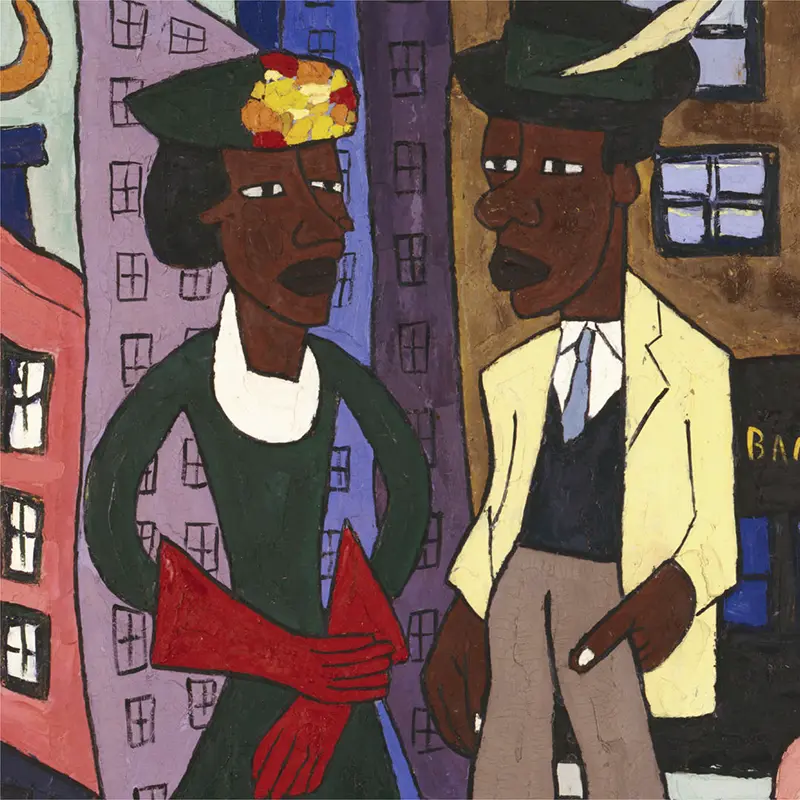The Harlem Renaissance and Transatlantic Modernism at the Met scrutinizes how Black artists depicted life during the 1920s-40s. Showcasing 160 works across mediums, the exhibition positions the Harlem Renaissance as pivotal in the development of modern art.
The exhibition features paintings, sculptures, and photographs. It reframes Black art history, emphasizing the Harlem Renaissance’s atmospheric condition rather than a structured movement. Curated by Denise Murrell, the show features Charles Alston, Aaron Douglas, and Augusta Savage, alongside European counterparts such as Henri Matisse and Pablo Picasso, highlighting the interplay between Black and European artistic expressions.
The exhibition addresses themes such as racial pride, Euro-American exchanges of influence, colorism, and sexual politics within the Black community. It also underscores the significance of multiculturalism in art, echoing Locke’s call for a distinct Black identity within the broader cultural landscape.
The display commences with “The Thinkers,” featuring portraits of prominent figures like Zora Neale Hurston, Langston Hughes, and Alain Locke, whose anthology “The New Negro” epitomized the philosophical essence of the Harlem Renaissance.
The section “Everyday Life in the New Black Cities” vividly captures the burgeoning black population of the urban North through striking representations, albeit with some artists receiving more attention than others. “Portraiture and the Modern Black Subject” celebrates individuality, with artworks expressing pride and identity.
The absence of Elizabeth Catlett’s sculptures is noted, while Laura Wheeler Waring’s realism makes a noteworthy debut. The exhibition also highlights black performers, including Josephine Baker, Paul Robeson, and Marian Anderson, juxtaposed against Palmer Hayden’s poignant portrayal of an artist amid everyday life struggles.
Lawrence’s impactful Migration series is absent, replaced by Douglas’s pastel-hued biblical scenes. Works by Matisse and Picasso are included to showcase Locke’s endorsement, alongside Motley’s Parisian paintings and Munch’s portrait of his African servant, though this diverges from the exhibition’s focused narratives on topics like “Jazz Age Nightlife” and “Queer Identity.”
Waring and Reiss’s conventional portraits contrast with Motley’s vibrant depictions, while Delaney’s Fauvist homage to Baldwin surprises. The exhibition concludes with reflections on the civil rights movement, featuring Douglas’s poignant portrayal of the Scottsboro Boys and Bearden’s lively depiction of a Harlem block, leaving viewers with much to ponder on the complexities of the era.
Overall, the groundbreaking exhibition perplexes with its overwhelming scope and the inclusion of sidebars that could merit separate shows. The concept of “Transatlantic Modernism” is stretched, as some American artists engaged with European vanguard art while others were more focused on traditional representation.
The Harlem Renaissance, burgeoning in the 1920s, stands as a vibrant beacon of artistic expression, marking the first African American-led movement in international modern art. Over two transformative decades, Black artists pioneered new modes of self-expression, capturing the essence of burgeoning city life.



